Easy Solar Kit (with microinverter)
 LEARN DETAILS
LEARN DETAILS
Table of contents
Since 2023, Balcony PV System have become popular in Europe, especially in Germany. Locals call it "balkonkraftwerk". Local residents can easily purchase this new type of "home appliance" in supermarkets and online supermarkets and install PV power generation systems at home.
As the name suggests, the Balcony PV System system is a PV system installed on the balcony, which is a plug-in PV system. The Balcony PV System system consists of four components, namely PV modules, PV brackets, microinverters, and AC cables. The PV modules are fixed to the balcony railings through PV brackets. The PV modules are connected to the microinverters. Under the sunlight, the PV modules generate direct current and transmit it to the microinverter. The micro-inverter converts the direct current into alternating current and transmits it to the socket through the AC cable. In this way, the electrical equipment in residents' homes can use the green electricity generated by the PV system.
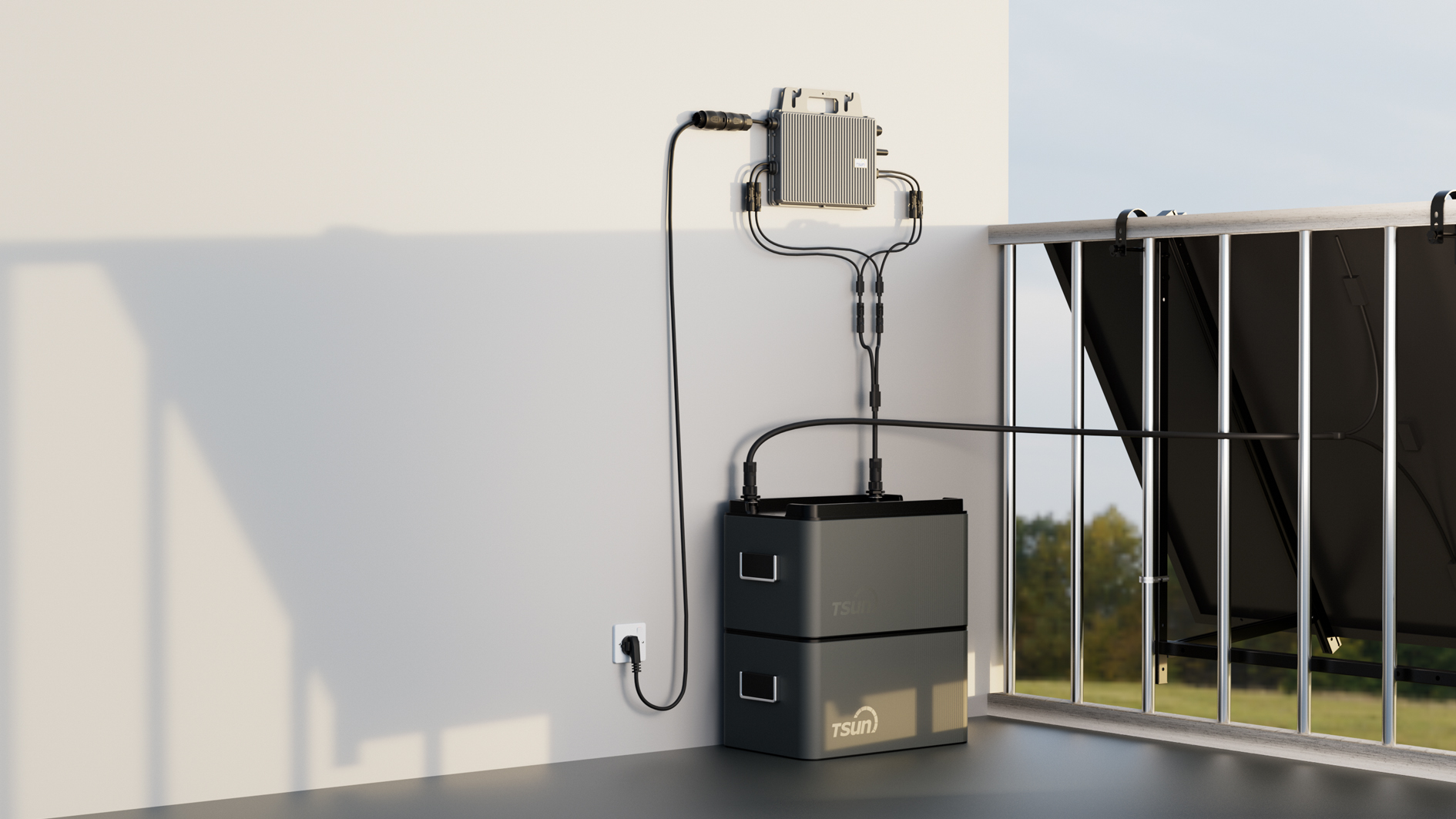
There are many types of Balcony PV System systems on the market. How should end users choose a Balcony PV System correctly?
1) Choose the appropriate installation method according to the installation location
When choosing Balcony PV System, end users should understand the installation area of Balcony PV System. Generally speaking, the Balcony PV System system is installed on the railing bracket of the balcony. The end user first needs to confirm the overall length of the balcony. The length of the balcony is related to the number of PV modules that can be installed, that is, the total power of the PV system. Secondly, the end user needs to confirm the type of balcony railing. The type of balcony railing is related to whether the PV bracket is applicable. Different types of railings have different load-bearing weights.
In addition, Balcony PV Systems can not only be installed on home balconies. Balcony PV Systems are a kind of plug-and-play PV system. In addition to balconies, they can also be installed in other scenes, such as walls, lawns, railings, and all possible scenes. End-user customers can use their imagination to choose products for various installation scenarios or suitable for various scenarios.
 |
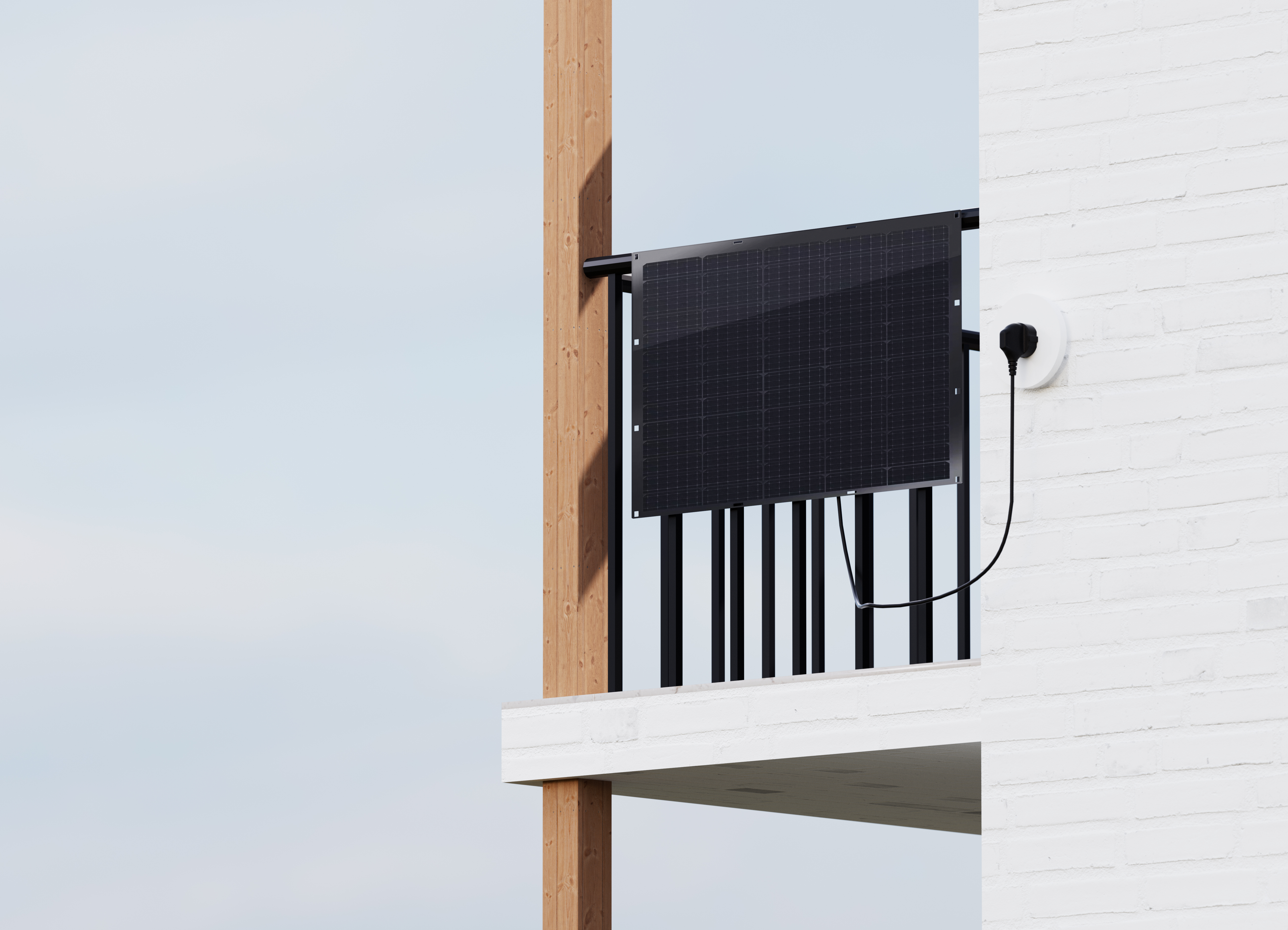 |
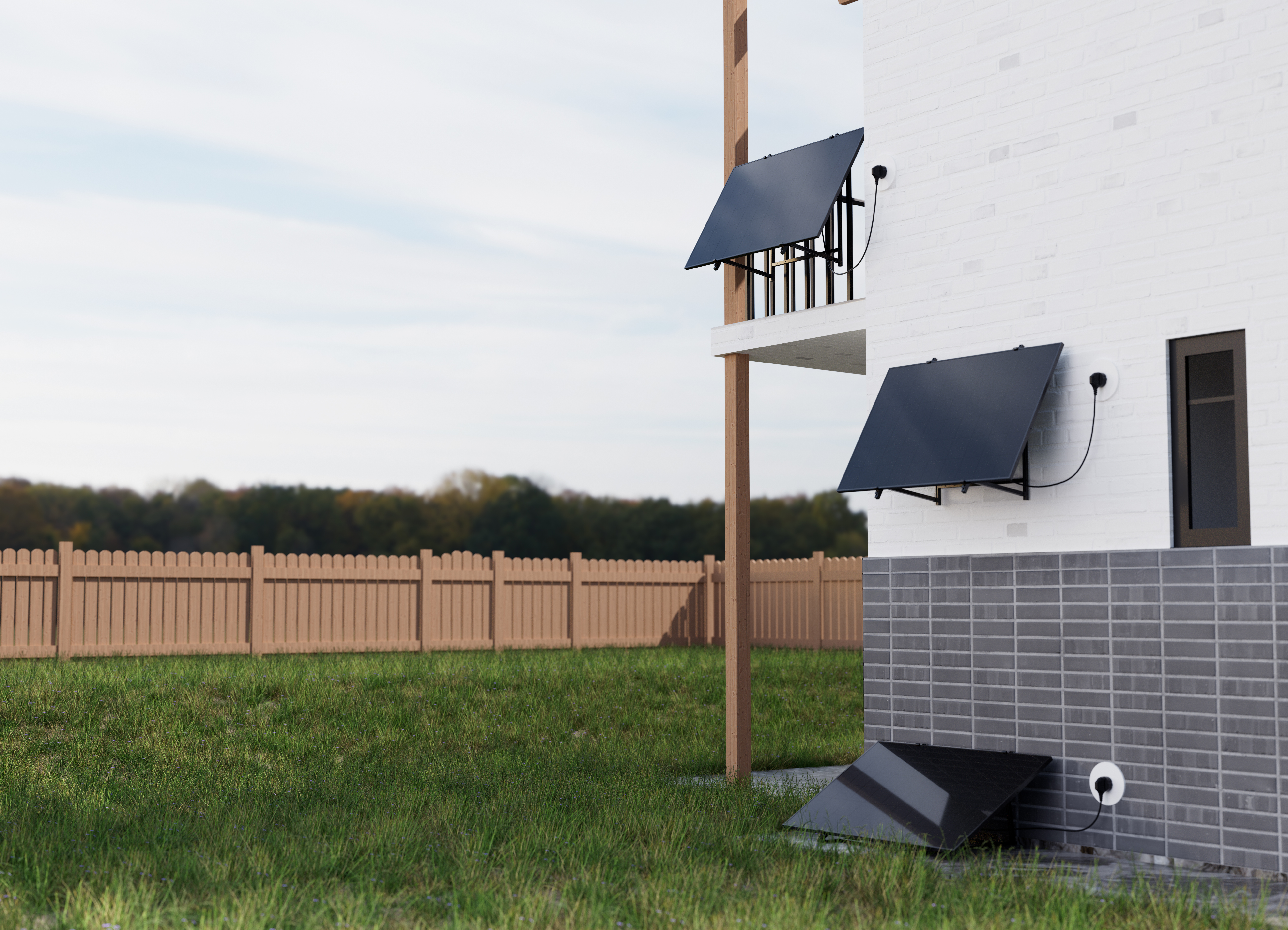 |
2) Choose the appropriate power according to usage requirements
Generally speaking, there are two types of Balcony PV Systems. One is for the German region. Due to policy reasons, its output power is limited to 800W. Therefore, this type of Balcony PV System generally only installs one micro inverter, which can be divided into four-input and two-input types according to the installation scenario. It only has one AC output cable and does not have the ability to expand.
In addition, in areas without power restrictions, the micro inverter used in the Balcony PV System system can have two AC output cables, which are used for hand-in-hand series connection between Balcony PV Systems, thereby forming a plug-and-play PV system of up to 3.68kW. It should be noted that the current limit of the general plug cable is 16A (230V*16A=3680W), but it is still necessary to consider the cable specifications used in the actual household power network, that is, the current that each socket cable can withstand.
.jpg)
3) The system installation needs to be fast and convenient
As a civilian power generation system, the installation and use of the Balcony PV System system is undoubtedly simple and easy to understand. Users should be able to carry and transport it conveniently, and can use and install it quickly and safely after unpacking.
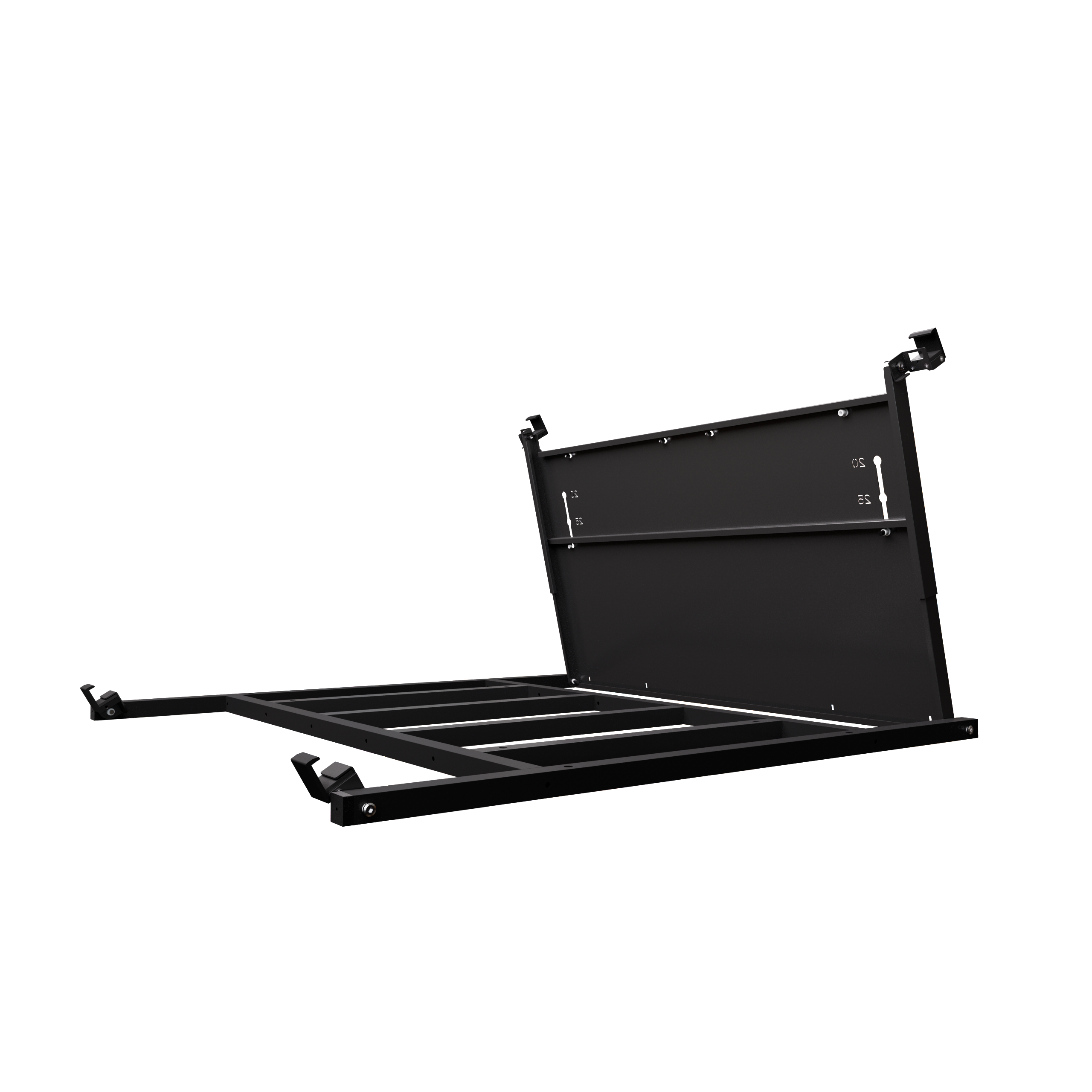 |
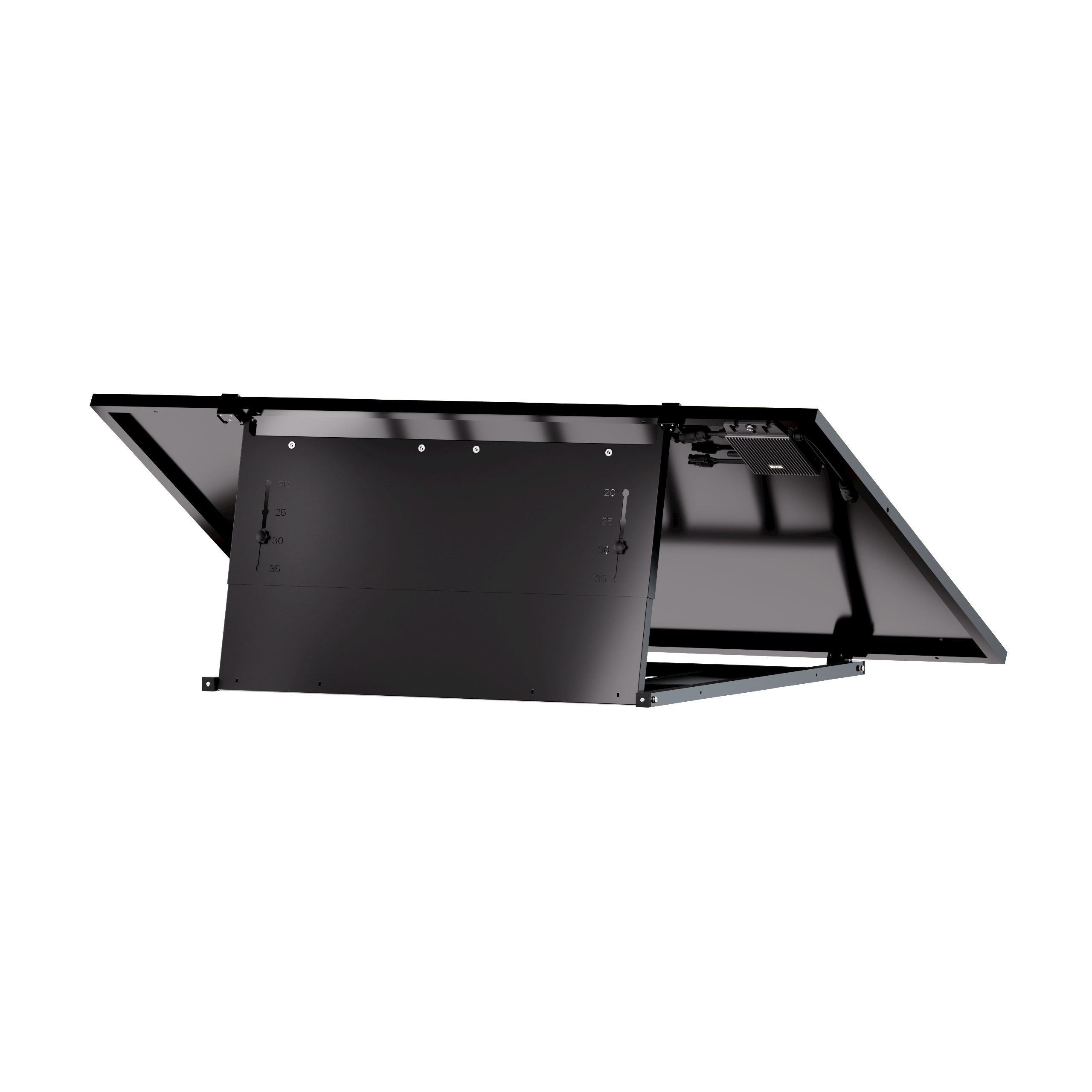 |
4) Monitoring needs to be convenient and reliable
In addition to being simple and easy to understand for installation, the monitoring of the Balcony PV System system also needs to allow end users to get started quickly. Therefore, its monitoring method does not require additional communication accessories, and can use the WIFI network in the home to quickly monitor power generation data.
5) Function settings and interactions need to be flexible
In order to maximize the use of the electricity of the Balcony PV System system and improve the self-generation and self-use rate of electricity. The Balcony PV System system needs to have multiple working modes. Not only can it support the access to energy storage batteries, but it can also switch multiple working modes according to the household use mechanism, etc. Meet the needs of different end users.
6) The system operation needs to be stable and reliable
The micro inverter is a core component of a PV system and is the key to converting direct current into alternating current. An excellent micro inverter not only has high conversion efficiency and can generate more electricity under the same conditions, but also has undergone rigorous testing and certification, especially EMC certification. The Balcony PV System system is different from the traditional rooftop PV system. Its installation location overlaps with the human activity area. If the EMC certification does not meet the requirements, it will cause certain interference to the home's electronic equipment, such as unstable telephone signals. When choosing, it is recommended that end users choose a reliable micro inverter.
7) Choose PV modules from big brands
PV modules are an important part of a PV system and the first step in converting sunlight into electricity. A high-quality PV module not only has high conversion efficiency and can generate more electricity under the same conditions, but also has guaranteed quality and after-sales service. End users are advised to choose PV modules from big brands when choosing.
8) Brackets and cable accessories need to be sturdy and durable
PV brackets are important components that support PV modules, and their purpose is to firmly fix PV modules on the railings. Since the Balcony PV System system is an outdoor installation method, it needs to have sufficient wind and snow resistance, and it needs to have a certain degree of corrosion resistance to avoid rust caused by long-term outdoor use. At the same time, the cables in the system need to meet outdoor use conditions and have a certain degree of UV resistance to avoid aging caused by long-term outdoor use.
 |
 |
It can be seen that when choosing a Balcony PV System, it is necessary not only to consider the actual location and power of use, but also to consider its overall solution, packaging design, structural design, and further consider its weather resistance, wind and snow resistance, warranty service, accessories brand and other core key points.
Since TSUN launched its first plug-and-play PV system in 2019, it has been constantly exploring new market needs and updating system solutions, which has obvious advantages over similar products on the market.
1) TSUN's Balcony PV System solutions are diverse and complete
TSUN's Balcony PV System products have a variety of solutions: according to the type of components, they can be divided into two categories: conventional components and lightweight components. According to the type of bracket, they can be divided into two categories: vertical installation and tilted installation. According to the system power, they can be divided into three solutions: one component, two components, and four components. According to the difference in the use area, the balcony micro-inverter or hand-in-hand micro-inverter can be configured to meet the needs of system expansion. In addition, the bracket system can also be used for railings, walls, gardens and other scenes outside the balcony to meet the DIY needs of different usage scenarios.
2) TSUN's Balcony PV System uses self-developed micro-inverters
TSUN's Balcony PV System products use self-developed micro-inverters. TSUN micro-inverters have passed a series of certifications such as CE-RED certification and VDE 4105 German grid-connected certification. Among them, TSUN micro inverter is the world's first micro inverter that passed VDE laboratory EMC EN62920 in Germany.
The micro inverter uses WIFI communication, which can quickly and conveniently connect to the home network and quickly monitor the system. At the same time, its WIFI chip uses a temperature-resistant chip of 105℃, which is more reliable and stable than the 85℃ chip commonly used in the same industry.
TSUN's self-developed micro inverter covers the full power range of 300-6000W and can meet various power requirements.
3) TSUN's bracket system is professionally designed and tested
TSUN's Balcony PV System product bracket system is designed by experienced structural engineers. The bracket system passed the wind tunnel test of TUV Nord certification agency (report number: TTRPVP04108/24B/07). The test results show that the bracket system can operate reliably at a wind speed of 35m/s.

In addition, the types of brackets are also designed by professional engineers, with DIY version and pre-installed version. Among them, for the pre-installed balcony system, users only need to open the package and operate simply to complete the assembly of the system in 2 minutes, which is fast and convenient.
In addition, the bracket system is made of aluminum alloy, which has good corrosion resistance and can be used outdoors for a long time. Other AC cables are also outdoor-specific cables with good UV resistance.
4) TSUN's Balcony PV System uses first-line component brands
TSUN's Balcony PV System uses first-line component brands such as Chint, Tongwei, and Longi, and the product quality and after-sales are guaranteed.
As a manufacturer focusing on micro-inverters and plug-and-play PV systems, TSUN adheres to the concept of "More Safety, More Power" and will continue to develop and innovate to provide high-quality and reliable Balcony PV System products and solutions for the majority of users.

